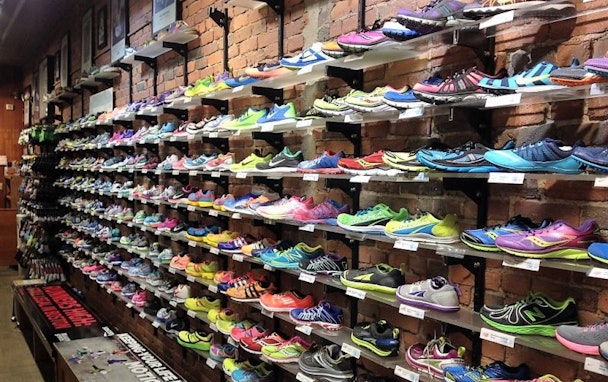In a world of “peak stuff”, how can brands connect with people?
I’ve read a lot recently about “peak stuff” - the idea that consumers are not as interested as they used to be in buying new products, preferring to invest in new life experiences instead of a new TV.

Peak
The peak stuff theory is supported by the data, with numerous studies showing that people value experiences over things. And this appears to be a long-term trend. Since 1987, US consumer spending on live experiences and events relative to total spend has increased by 70%.
It seems especially true for younger consumers. One recent piece of research showed that 78% of 18-34's would rather spend money on an experience than a product. Driven by social media, relentless content-sharing and FOMO (fear of missing out), this young cohort (and the even younger one coming up behind it) views experiences as a form of social currency and a means of telling a story about their identity, as well as being a source of life satisfaction.
The peak stuff trend and search for experience comes along at the same time as a rising expectation that brands will make a meaningful contribution to our personal wellbeing and that of the wider world. This puts many brands in a challenging place.
As Mauro Porcini, PepsiCo’s chief design officer, put it recently: “They behave in a different way with our products and brands. They don’t actually buy products any more. They buy experiences that are meaningful to them. They buy solutions that are realistic, that transcend the product, that go beyond the product. And mostly they buy stories that need to be authentic. We need to understand how to provide those experiences, as brands.”
So, how do brands (that ultimately are there to sell products) position themselves and connect with people in this peak stuff world? Here are just a few strategies that can be employed:
Provide an experience
Creating a “pop-up” experience that offers something unique and memorable for your consumers can add real value. This doesn’t have to be expensive as you might think: with the right strategy and creative approach, even a small-scale event can provide consumers with a great way to experience your product, building brand affinity and creating social currency for people as they share that experience with their own networks.
Partner with an existing event
The search for life experience and increased focus on health is reflected in the rise of mass participation events, of various types. From a local 5km run to a mega event like the London Marathon, there are hundreds of opportunities for brands to align themselves with events that their audience feels a deep connection to.
Get behind a cause
Gen Y and Gen Z consumers expect brands to make a meaningful difference in the world, above and beyond simply selling a product. Identify a cause that your audience cares about and find authentic, credible, sustainable ways to support it. This won’t pay off immediately in product sales but the reputational benefit to the brand and consumer advocacy will pay dividends in the long term. Authenticity is absolutely critical here – anything less will be ripped apart very quickly and will have a negative impact.
Created shared social experiences
People love sharing content that shows them doing something interesting, new and different; something that tells a positive story about themselves. Think about how your brand can enable that around an experience you’ve created by encouraging sharing of content around a specific theme, amplified by brand ambassadors and influencers. Our recent #LDNMovesMe campaign for London Sport turned being active into a shared social experience.
Create meaningful content
It’s easy and cheap to create content these days, so that’s exactly what many brands are doing. But a lot of it makes little or no impact, with a recent study showing that 60% of content created by the world’s leading 1,500 brands is “just clutter”. To be engaging, content has to make a meaningful contribution to someone’s life, and that starts with a real understanding of what people care about. Three years on, #LikeAGirl is still one of the best examples of content with a meaningful message.
Content by The Drum Network member:

The Playbook
We are the influence agency for brands in sport, health and technology.
We build campaigns that have a real impact on how people think and behave, using...
